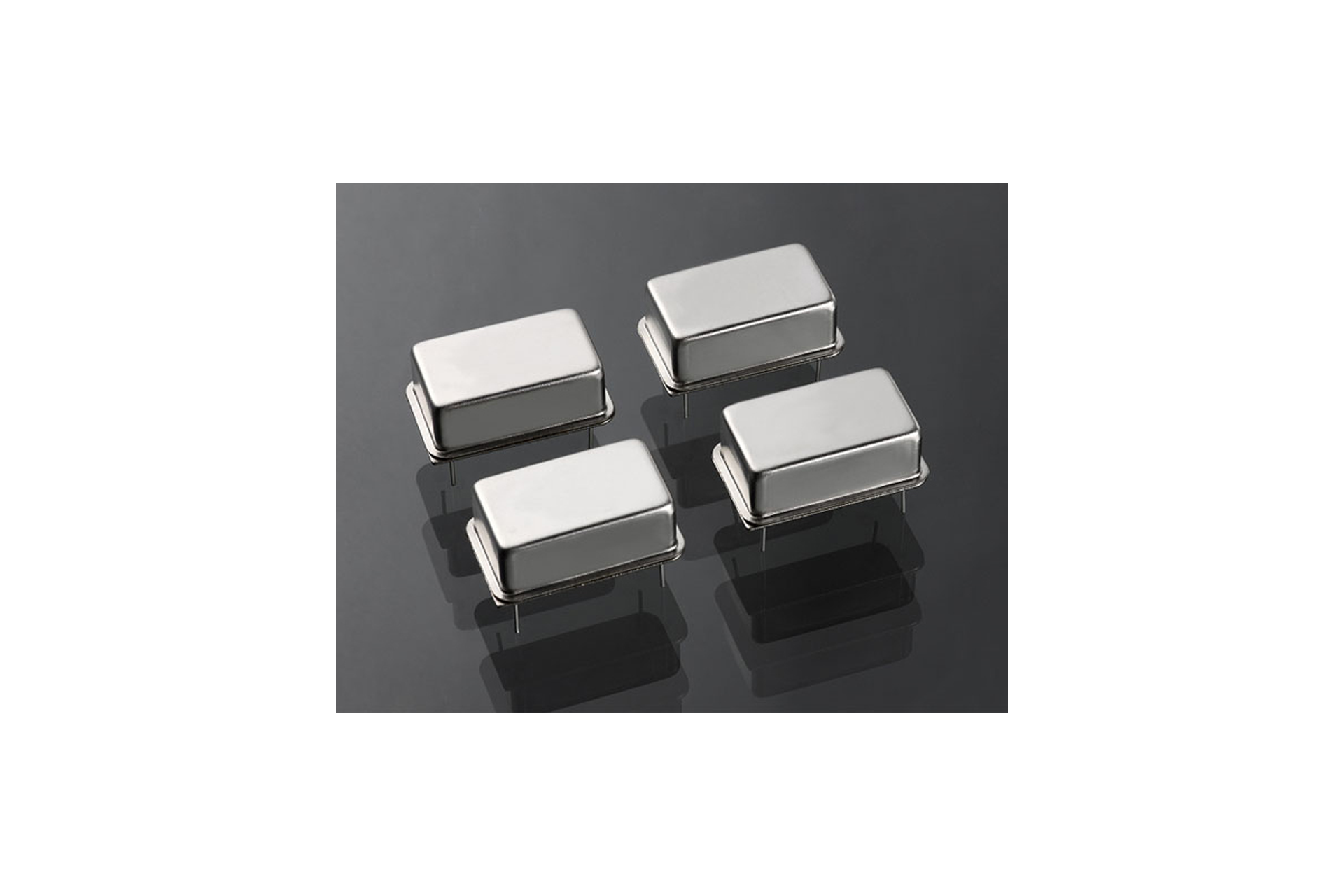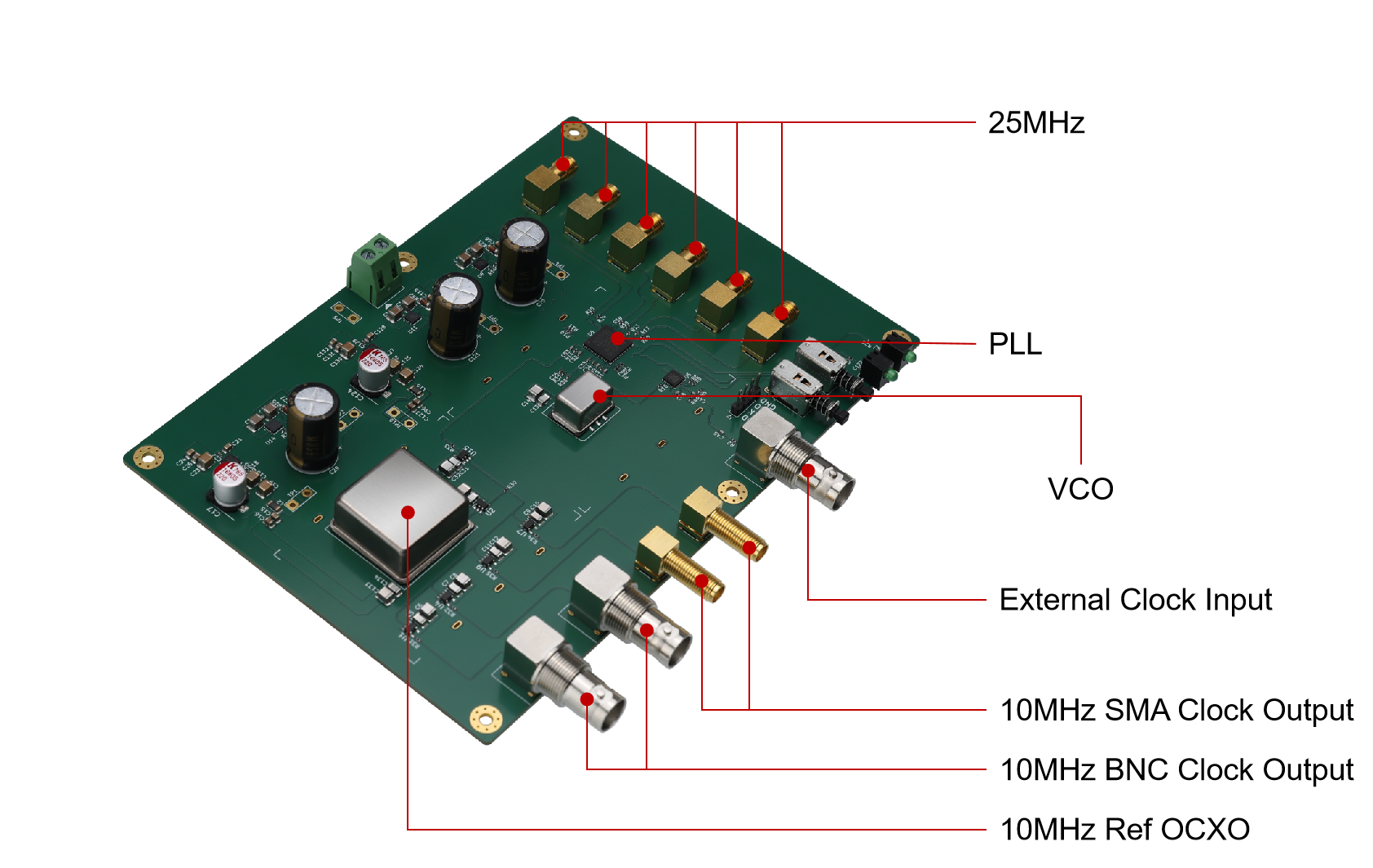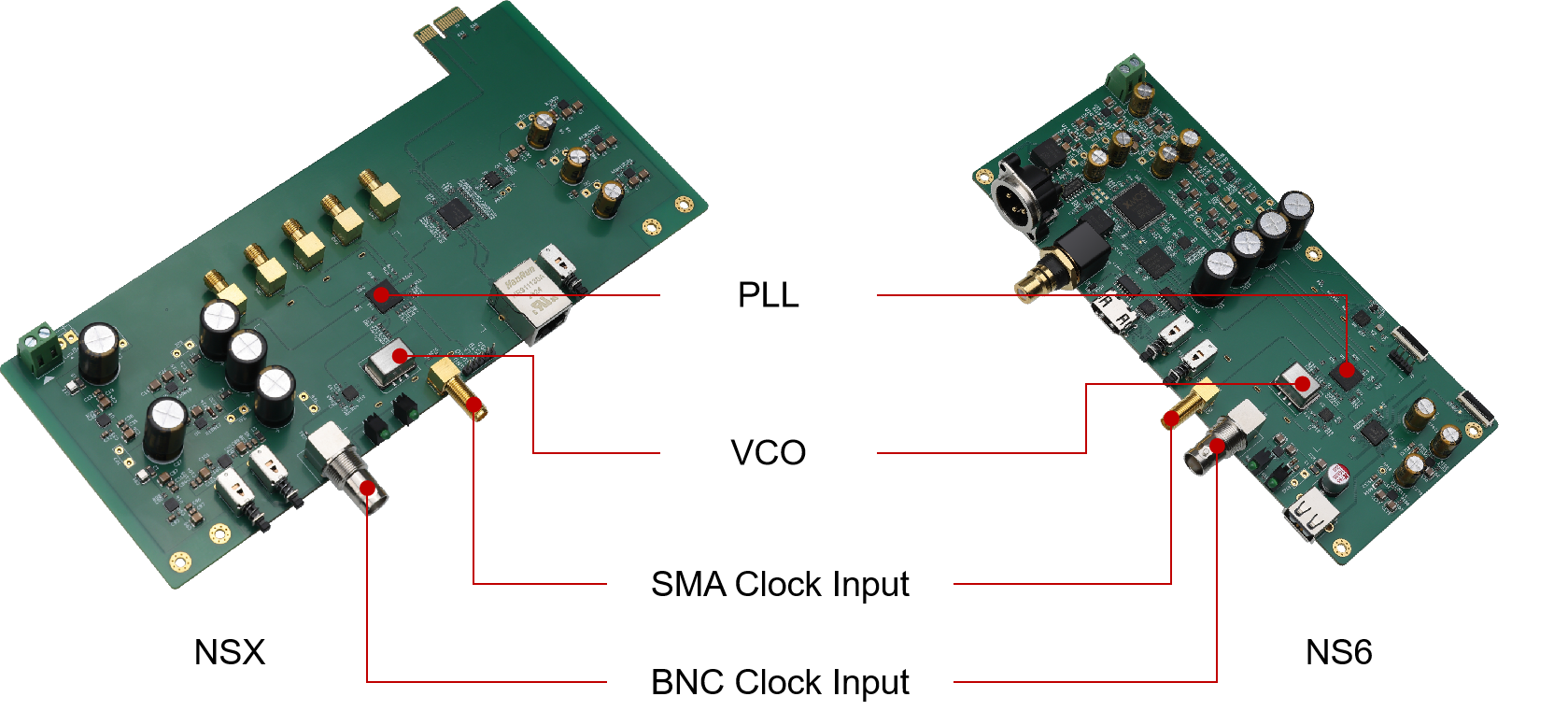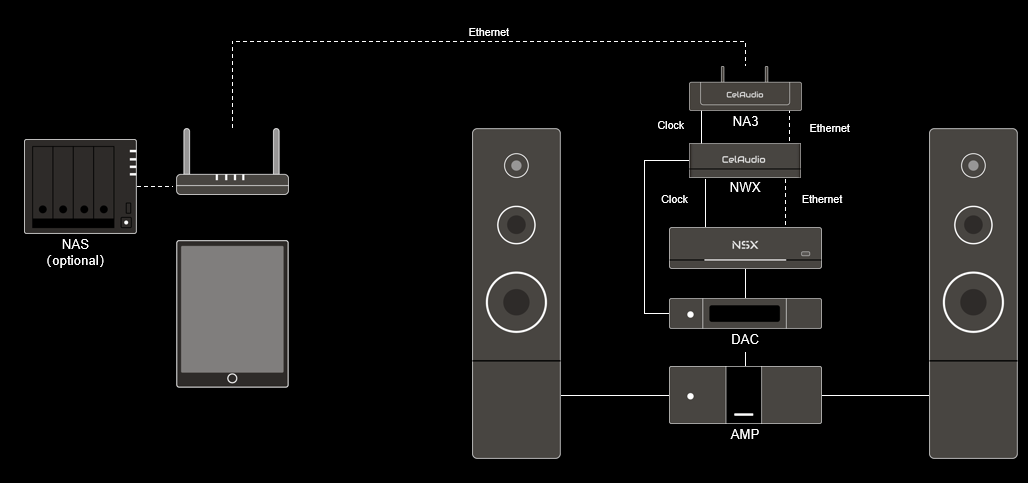What is impact the sound quality?

A unified, single system clock source is paramount: Based on CelAudio's research, whether in complete HiFi systems or within individual devices like DACs and streaming devices, a unified singular clock source remains the fundamental cornerstone.
Phase noise has no impact on the sound quaility:Working with the supplier of the OCXO vendor, Celaudio has test lots of OCXO. The OCXO with the same phase noise may have different short-term and long-term stability, as well as same short-term and long-term stability may have different phase noise. The text result is that OCXO has better short-term and long-term stability has the better sound quality. Phase noise has no impact on the sound quality. But, when we select the OCXO, the better phase noise OCXO normally has the better short-term and long-term stability.
The influence of the PLL's locking bandwidth: Not all PLLs do have locking bandwidth support. However, we found that locking bandwidth impacts the sound quality significantly. In the CelCLK II PLL system, the lock bandwidth of the PLL system can be set by software. It will significantly affect the locking speed of the PLL system and the sound quality. A 1Hz bandwidth will provide the best sound quality. However, in some cases, a 1Hz bandwidth may take too long time to lock, which will affect the system stability.
Truth: In CelCLK II PLL system, we utilize two clock sources:a VCO and a reference clock. The VCO clock is a 48-52MHz clock source. As we know, high frequency clock exhibits higher phase noise compared to low frequency. And the CelCLK II PLL system's phase noise is determined by the worst clock resource. So, once the VCO clock is selected, the output phase noise of CelCLK II will be fixed. However, as previously mentioned, the phase noise DOES NOT impact the sound quality. During the CelCLK II PLL system is operating, Lock bandwidth, VCO clock and reference clock work together to impact the short-term and long-term stability. The sound quality is affected by both short-term and long-term stability. CelCLK II PLL system's short-term stability is determined by the best clock resource. Typically, the reference clock has the best short-term stability and mainly impacts the CelCLK II PLL system's short-term stability. Referenc clock, VCO clock and lock bandwidth mainly impact the long-term stability. When lock bandwidth is set to 1Hz, good reference clock and VCO clock are used, the sound quality is the best.





